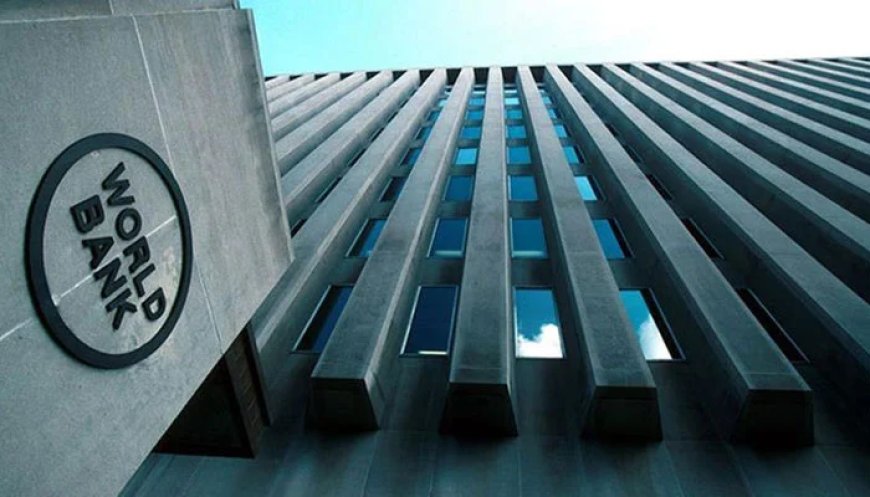Pakistan's economic outlook hinges on IMF programme, external financing: World Bank

1. Financial institution projects GDP growth rate of 2.8% for Pakistan, lower than Islamabad's official target of 3.5%
**ISLAMABAD:** The World Bank's report titled *Pakistan Development Update: The Dynamics of Power Sector Distribution Reform* highlights major challenges facing Pakistan's economy, including reliance on the International Monetary Fund (IMF) program, external financing, and rising electricity tariffs.
The report warns that Pakistan's macroeconomic outlook is contingent upon the continuation of the IMF program and the acquisition of additional external funding. Released on Friday, it projects a GDP growth rate of 2.8% for Pakistan, which falls short of the government's official target of 3.5%.
The report forecasts an average inflation rate of 11.1%, a current account deficit of 0.6% of GDP, and a fiscal deficit climbing to 7.6% of GDP due to increased interest payments. Public debt is expected to reach 73.8% of GDP for the fiscal year 2024-25.
According to the World Bank, Pakistan's limited trade openness is severely impacting exports, resulting in a $60 billion export gap. This includes a $13 billion gap with China and a $6 billion gap with the United States.
The report cautions that policy uncertainty presents risks to the fiscal year 2025 and FY2026 outlook. The macroeconomic stability hinges on the effective execution of the new IMF-EFF program, fiscal discipline, expected rollovers, fresh external financing, and the avoidance of major policy disruptions or external shocks.
In the energy sector, a World Bank expert noted that Pakistan's electricity tariffs, ranging from 4.7 to 6.8 cents per kilowatt-hour, are higher than those of other South Asian nations like India. Additionally, the report indicates that the poverty rate in Pakistan stands at 40.5% this fiscal year, a slight increase from last year’s 40.2%.
The economists at the World Bank warned that a projected growth rate of 2.8% will not sufficiently alleviate poverty or unemployment. With an expected 3.6 million new entrants into the job market over the next two fiscal years, this growth rate will not generate enough jobs. However, they predict that declining inflation could lead to further reductions in the policy rate, which has already been lowered by 450 basis points.
Under these assumptions, the World Bank anticipates ongoing economic recovery, with GDP growth reaching 2.8% in FY25, supported by the easing of import restrictions and lower inflation. Business confidence is expected to improve due to recent credit rating upgrades, continued IMF-EFF program support, reduced political uncertainty, and the implementation of fiscal reforms, including devolving constitutionally mandated expenditures to the provinces.
Despite these improvements, the World Bank predicts that output growth will remain below potential, reaching only 3.2% in FY26, as the economy grapples with tight macroeconomic policies, high inflation, policy uncertainty, and unresolved structural issues.
Inflation is expected to slow to an average of 11.1% in FY25 and 9.0% in FY26, driven by lower commodity prices and stringent fiscal policies. However, inflation may remain high in the short term due to increased domestic energy prices, expansionary open market operations, and new tax measures.
The State Bank of Pakistan has already lowered the policy rate, with cuts of 150 basis points in June, 100 basis points in July, and another 200 basis points in September, reducing the rate from a peak of 22% to 17.5%. Further rate reductions are anticipated as inflation continues to moderate.
The report underscores that the energy sector poses significant risks to fiscal sustainability and economic growth in Pakistan. Despite improvements in generation capacity, power distribution companies (Discos) still face high losses and poor financial performance, leading to elevated electricity costs.


















































